Two recent papers by the United Nations examine China’s aid and investment in Africa and decide that, well, they really can’t tell who benefits, or how much.
IRIN, the humanitarian news and analysis service of the UN Office for the Coordination of Humanitarian Affairs, released the two analyses this week: ‘ Untangling China’s aid to Africa’ and ‘Behind China’s aid structure’, but admitted that China’s lack of published statistics and methods of accounting don’t always reveal a clear picture.
“Quantifying the China-Africa relationship is a difficult undertaking because China does not break down its statistics or release detailed reports about how much assistance it gives to Africa, and it has a different definition from the Organization for Economic Cooperation and Development (OECD) of what exactly is meant by ‘aid’,” said one report. China includes military aid in its definition, but does not consider scholarships.
Confusion about China’s aid and investment activites also arises because China uses multiple ministries and agencies to give money, and has different strategic priorities than traditional Western donors, explains IRIN in its report on China’s aid structure.
They say that more than 23 government ministries and commissions play some role in providing foreign aid and there are three main organs controlling Chinese aid: the Ministry of Commerce, the Ministry of Foreign Affairs and China’s Eximbank.
The multiplicity of agencies has resulted in more confusion about how much China gives or loans. IRIN says, “...estimates by experts on just how much China gives to Africa differ widely, ranging from $580 million to $18 billion a year.”
African media says that in Uganda alone, Chinese investment totals over $596 million and Kenya recently signed infrastructure project deals worth $5 billion with China.
However, much of the Chinese “investment” is in loans to Uganda, which is borrowing against its crude oil reserves and has given it almost exclusive rights to build infrastructure in the country. Critics say that China could be using its generous loan packages to gain substantial leverage in the country.
Many firms are fully or partly state-owned further blurring the line between investment and aid, IRIN said.
For example, China National Electric Engineering Co. (CNEEC), a state owned, publicly traded corporation that specializes in large infrastructure projects, reports on its website that the huge Nigeria Zungeru Hydropower Plant project was funded by Government Concessional Loans, Preferential Export Buyer’s Credits, and special state loans from the Export-Import Bank of China. They reported that the total contract value of this project is nearly $1.3 billion.
The Chinese authorities says they do not have the capability to make the investment or aid data available, but they did publish a white paper that showed a general distribution of aid by region, showing that 45.7 percent of their foreign aid went to Africa in 2009, and between 1950 and 2009 it spent slightly over $41 billion.
“There’s still some secrecy in the official statistics,” Xue Lei, a research fellow of Shanghai’s Institutes for International Studies, told IRIN. “Maybe we need one structure, and more transparency on the statistical side.”
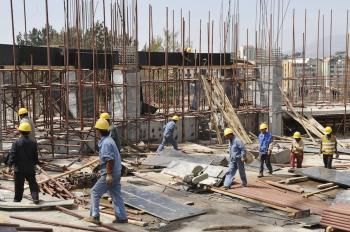
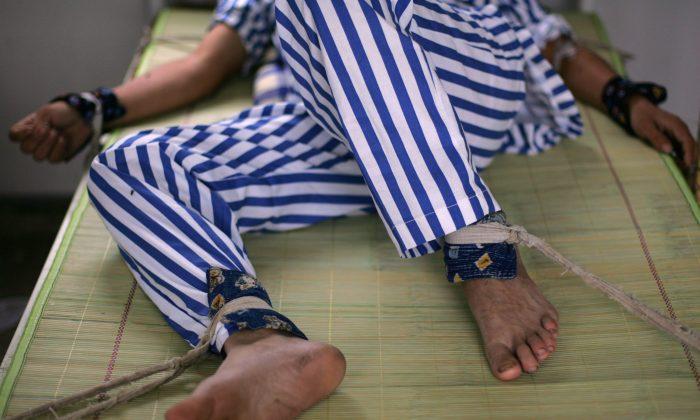
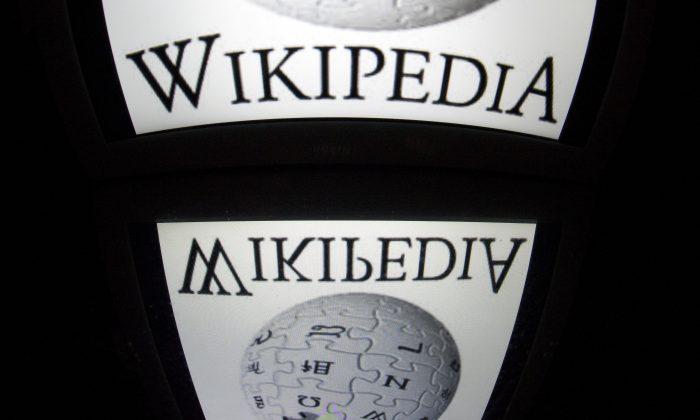
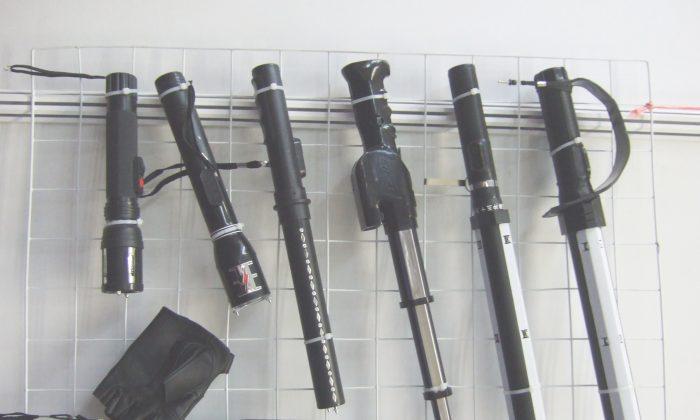
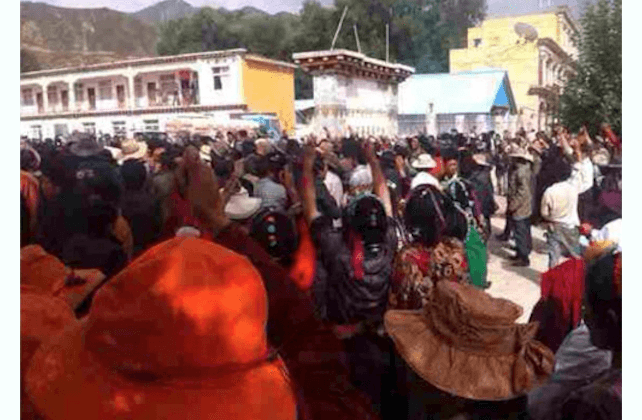
Friends Read Free